Preview |
PDF (Original Article)
- Requires a PDF viewer such as GSview, Xpdf or Adobe Acrobat Reader
884kB |
|
MS Word (Supporting Information)
19kB |
| Item Type: | Article |
|---|---|
| Title: | Comorbidities are associated with unfavorable outcome in aquaporin-4 antibody positive neuromyelitis optica spectrum disorders and myelin oligodendrocyte glycoprotein antibody-associated disease: exploratory study from the CROCTINO cohort |
| Creators Name: | Samadzadeh, S., Oertel, F.C., Salih, H., Lin, T.Y., Motamedi, S., Chien, C., Cook, L.J., Lana-Peixoto, M.A., Fontenelle, M.A., Kim, H.J., Hyun, J.W., Jung, S.K., Palace, J., Roca-Fernandez, A., Leite, M.I., Sharma, S.M., Ashtari, F., Kafieh, R., Dehghani, A., Pourazizi, M., Pandit, L., Dcunha, A., Aktas, O., Ringelstein, M., Albrecht, P., May, E.F., Tongco, C., Leocani, L., Pisa, M., Radaelli, M., Sánchez-Dalmau, B., Martinez-Lapiscina, E.H., Stiebel-Kalish, H., Hellmann, M.A., Lotan, I., Siritho, S., de Seze, J., Senger, T., Havla, J., Marignier, R., Tilikete, C.F., Cobo-Calvo, A., Bichuetti, D., Tavares, I.M., Soelberg, K., Altintas, A., Yildirim, R., Tanriverdi, U., Jacob, A., Huda, S., Rimler, Z., Reid, A., Mao-Draayer, Y., Villoslada, P., de Castillo, I.S., Green, A., Petzold, A., Yeaman, M.R., Smith, T.J., Brandt, A.U., Zimmermann, H.G., Paul, F. and Asgari, N. |
| Abstract: | BACKGROUND: Comorbidities occur in aquaporin-4 antibody-positive neuromyelitis optica spectrum disorder (AQP4-NMOSD), myelin oligodendrocyte glycoprotein antibody-associated disease (MOGAD), and double seronegative NMOSD (DN-NMOSD), potentially contributing to a less favorable disease course. OBJECTIVES: To characterize comorbidities in AQP4-NMOSD, MOGAD, and DN-NMOSD and assess their association with optic neuritis (ON) outcomes by optical coherence tomography (OCT) in AQP4-NMOSD. METHODS: Four hundred and forty-two participants from the CROCTINO cohort were evaluated for comorbidities. RESULTS: In AQP4-NMOSD patients (n = 360), 43.5% (n = 161) had comorbidities, equally divided between single and multiple. In MOGAD (n = 49), 40.8% had comorbidities, with 75% (n = 15) single and 25% (n = 5) multiple. In DN-NMOSD (n = 33), 36.4% (n = 12) had comorbidities equally split. AQP4-NMOSD patients had more multiple comorbidities (50%, n = 81/161) than MOGAD (25%, n = 5/20, p = 0.03) and more autoimmune disorders (AID) (40.4%, n = 65) than MOGAD (20%, n = 4, p = 0.09) and DN-NMOSD (none, p = 0.004). Cardiovascular comorbidities and related risk factors (CVC/RF) occurred in 34.8% (n = 56) of AQP4-NMOSD, 50% (n = 10) of MOGAD, and 33.3% (n = 4) of DN-NMOSD. Expanded Disability Status Scale was higher in MOGAD (3.0 vs. 2.0, p = 0.006) and DN-NMOSD (5.0 vs. 2.0, p = 0.008) with comorbidities. AQP4-NMOSD patients with CVC/RF had higher ON relapse rates than those with AID (1.06 ± 3.33 vs. 0.49 ± 0.98, p < 0.001). OCT revealed reduced inner nuclear layer thickness in AQP4-NMOSD with comorbidities compared to non-comorbidity (B = -1.52, p = 0.047), more pronounced with CVC/RF (B = -2.96, p = 0.009). CONCLUSION: Comorbidities are frequent in AQP4-NMOSD and MOGAD and are associated with ON frequency and disability. These findings highlight the need for proactive comorbidity management to improve patient care. |
| Keywords: | Anti-Aquaporin-4 (AQP4), Anti-Myelin Oligodendrocyte Glycoprotein Antibody-Associated Disease, Comorbidity, Double-Seronegative NMOSD, Neuromyelitis Optica Spectrum Disorder, Optical Coherence Tomography |
| Source: | European Journal of Neurology |
| ISSN: | 1351-5101 |
| Publisher: | Wiley |
| Volume: | 32 |
| Number: | 6 |
| Page Range: | e70214 |
| Date: | June 2025 |
| Official Publication: | https://doi.org/10.1111/ene.70214 |
| PubMed: | View item in PubMed |
Repository Staff Only: item control page

 Tools
Tools Tools
Tools

